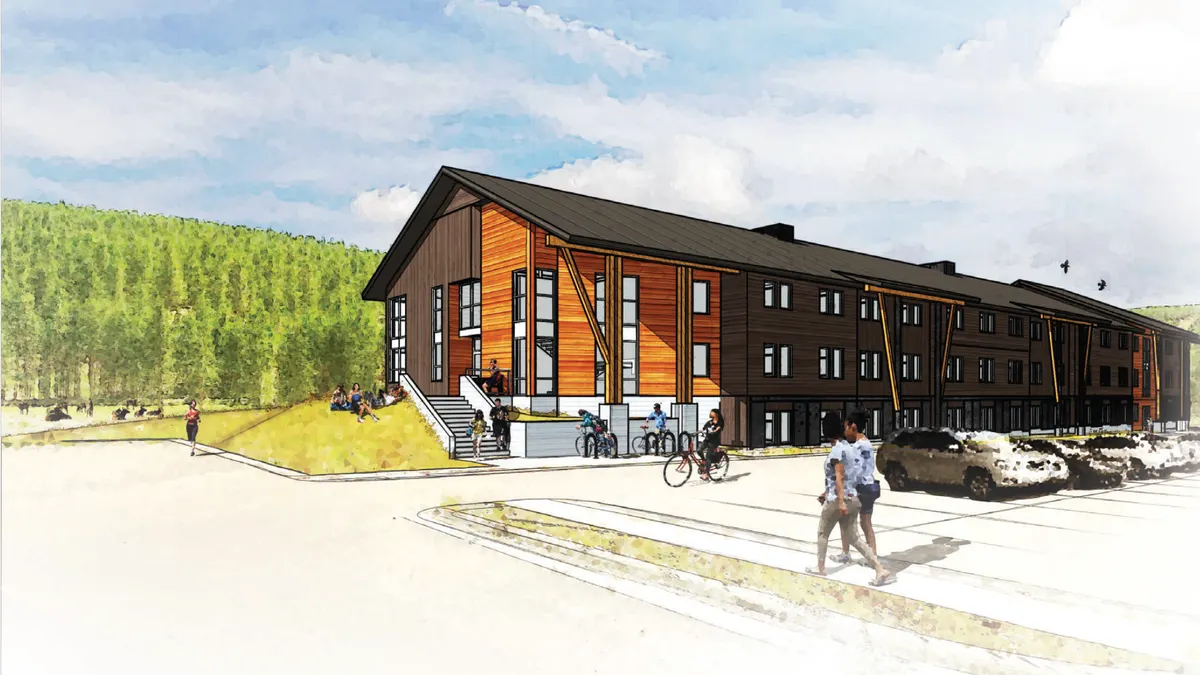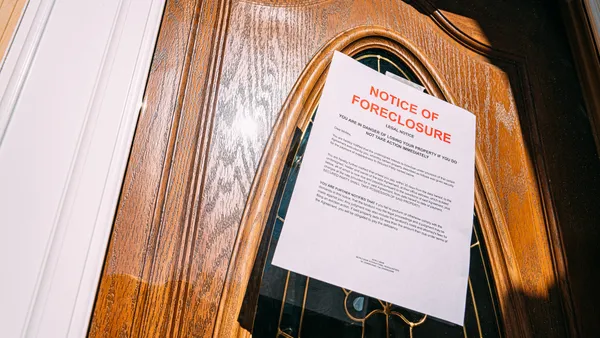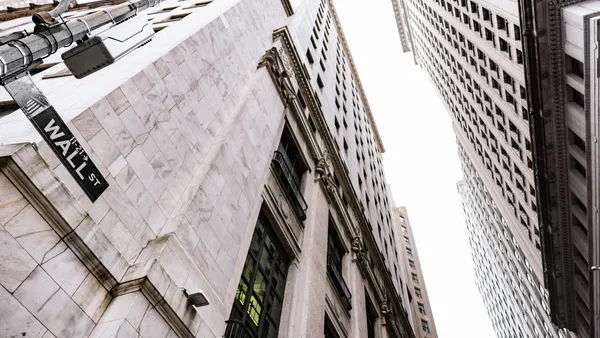Starting in March 2020, when U.S. companies began closing offices in response to the COVID-19 pandemic, some workers began to think about leaving cities for more affordable and spacious locales.
In 2020, more Americans left cities for other U.S. communities than moved into them, although that continued a pre-pandemic trend, according to Pew Research. With the ability to work wherever they wanted, these remote workers moved into Zoom towns like Boise, Idaho, and Colorado Springs, Colorado.
But as companies are calling employees back to the office, workers have returned to urban areas over the past year. Markets like New York City, San Jose, California, San Francisco, Oakland, California, Los Angeles, Seattle, Northern New Jersey and Washington, D.C., have shown strong year-over-year absorption growth, according to RealPage. Already, there are bidding wars for apartments breaking out in New York City.
But now a new factor is complicating things: Gas prices skyrocketed to $4.12 per gallon in April as Vladimir Putin’s invasion weighed on the energy markets, according to AAA. By comparison, a year ago they sat at $2.89. If these increased prices stick, they could spur migration to urban areas or public transportation hubs, muting suburban demand in the process, analysts say.
“Rising gas prices always hurt [housing] demand in the outlying areas and vice versa,” said John Burns, CEO of Irvine, California-based John Burns Real Estate Consulting. “It has helped demand when gas prices fall.”
When fuel is cheap, people don’t mind driving. But when those prices go up, they seek other transportation options and may even look to move closer to their jobs or public transit. The potential of transportation costs pushing people closer to cities, combined with the relative value of assets in those areas, have some apartment buyers seeking urban assets.
Even if people are paying more rent in cities, it still could be worth the tradeoff, said Paul Angelone, senior director of the Curtis Infrastructure Institute, a Washington, D.C.-based Urban Land Institute initiative.
“You may pay a higher price living closer to the center of the city or closer to your job because of the rent prices, but then overall your transportation costs are lower,” Angelone said.
Buying opportunities in the city
For apartment owners seeking value in a frothy market, these transit-oriented trends could present opportunity. As a lot of investors are betting on the suburbs and Sun Belt areas, some apartment buyers are refocusing on urban areas.
Lili Dunn, CEO of Greensboro, North Carolina-based apartment owner Bell Partners, sees opportunity in infill locations in cities like San Francisco, Denver and Boston.
“We're also looking at quality assets in some urban micro-locations that have access to deep employment drivers and transportation hubs, particularly with rising gas prices,” she said. “We're seeing a rebound there and I think there could be some more interesting buying opportunities since the cash flow has been a little bit depressed.”
Bell Partners isn’t alone. Brad Dillman, the chief economist for Atlanta-based Cortland, also sees a window of opportunity for buyers to add properties in cities.
“There is a short-lived, maybe six months to a year, opportunity for us to basically buy an implicitly lower-risk product because it's in the urban core area, at a similar yield to areas where the market already priced in a lot of the growth, namely [in] some of these suburbs and exurbs,” Dillman said.
Regardless of where an apartment is located, gas prices and broader inflation trends should tamp down rent increases.
“Higher gas prices will reduce the rent increases,” Burns said. “But I don't think it's going to cause rent to fall.”
Click here to sign up to receive multifamily and apartment news like this article in your inbox every weekday.









